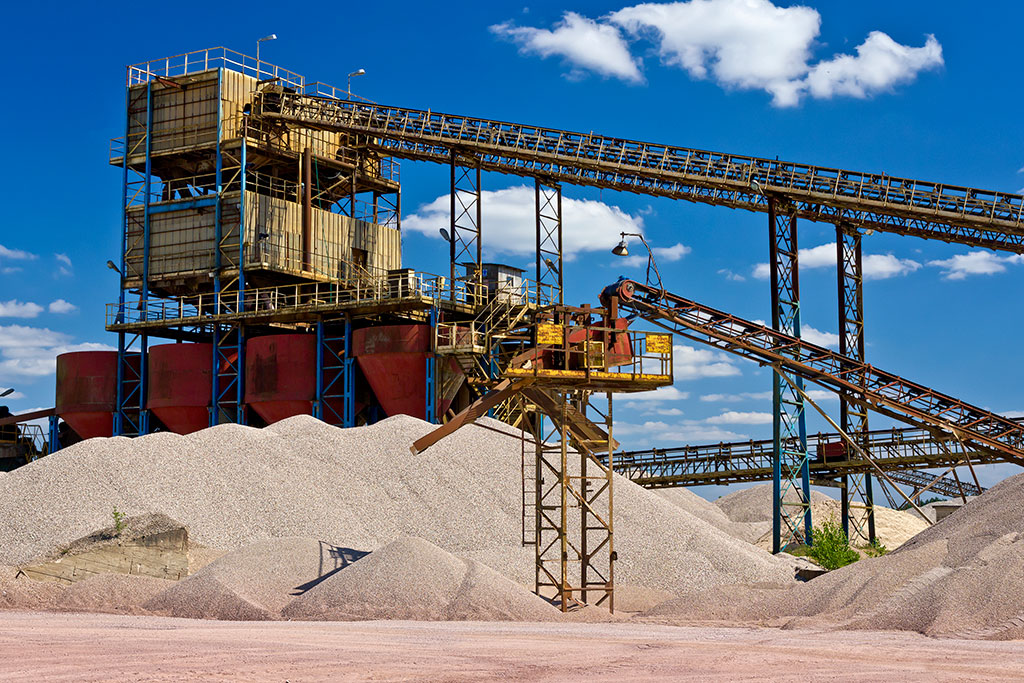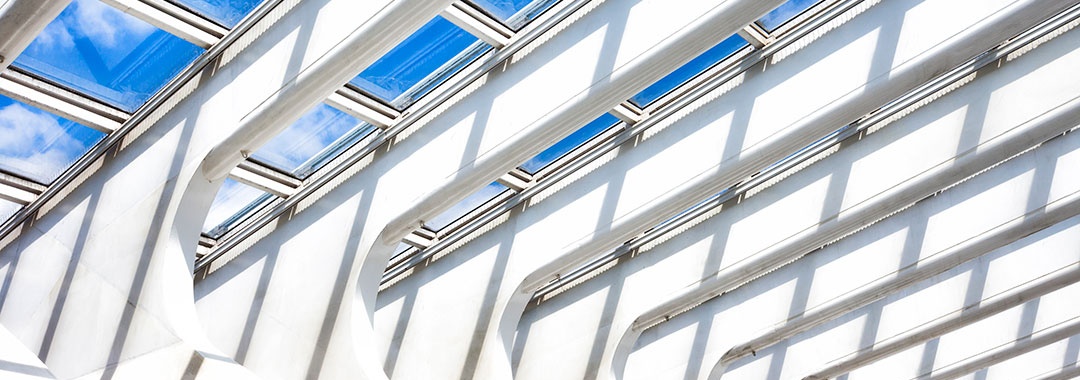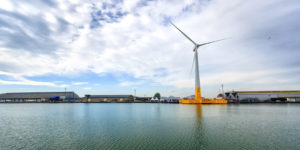While cement manufacturing is a CO2-intensive activity, cement companies are also key innovators in demonstrating that sustainable cement and concrete products may be the key to unlocking a low-carbon future.
Across the world, efforts are being made to discover and implement solutions that not only lower emissions during cement production, but which actually reduce the downstream carbon footprint and even absorb CO2.
HeidelbergCement, based in Germany, has been developing a range of low emission cement and concrete products. The company has discovered a new reactive clinker phase which forms the basis of a new clinker technology called Ternocem. Based on an altered chemical composition and lower burning temperatures, CO2 output is 30% lower in comparison with conventional clinker and energy consumption is reduced by around 15%. Crucially its raw mix needs a higher share of aluminium that ideally comes from waste materials that are produced by other parts of the industry.
The Rewinn project produces up to 250,000 tonnes of aggregates per year by recycling clean concrete from demolition sites, as well as waste concrete from regional ready-mix plants, and roof and ballast gravel
“The new cement type has been thoroughly tested in many industrial trials in different countries. Market introduction is expected beginning 2020,” explains Mark van Halderen, Manager, Cementitious Materials, at HeidelbergCement Benelux.
Together with LafargeHolcim, Vicat and 10 other partners, Heidelberg Cement is part of an European Commission Horizon 2020 research project call ECO-Binder, aiming at developing insulating concrete systems based on novel low-CO2 binders.
HeidelbergCement are also the innovators behind Rewinn B.V. Amsterdam, a concrete and gravel recycling centre located in Amsterdam’s harbour area. Rewinn is a joint venture between the Theo Pouw Group, a Netherlands-based recycling and transport company, and sand and gravel manufacturers Sagrex, a subsidiary of HeidelbergCement.
The Rewinn project produces up to 250,000 tonnes of aggregates per year by recycling clean concrete from demolition sites, as well as waste concrete from regional ready-mix plants, and roof and ballast gravel. “Rewinn is a recycling activity that aims to close the concrete loop completely,” explains Halderen.

Until now, most recycled concrete has been applied to heavy uses, such as the aggregates that form the base under a road’s paved layer. Contamination from other building materials, such as wood, plastics, wires, glass and plaster, make it unsuitable for finer uses such as polished floors and self-levelling concrete.
“Rewinn wants to resolve these issues with selective intake of materials, washing of the coarse fraction, and extracting the fines from the sand fraction,” says Halderen. “The fines can be used as filler material in the cement production, and the upgraded sand fraction can be applied in new concrete.”
As such, the cement fines could also play an important role in closing the loop in cement and concrete production, enabling a truly circular economy. HeidelbergCement, in cooperation with the RWTH Aachen, is also investigating the potential of natural minerals for absorbing CO2 and the possibility of using them to produce marketable building materials.
Besides natural minerals like olivine and basalt, industrial waste products such as blast furnace slag or cement fines made from recycled concrete are also being tested.
Taking strength from CO2
Another novel solution for tackling carbon reduction not only lowers emissions but actively absorbs CO2. Funded by the EU, Solid Life is a partnership between US start-up Solidia Technologies, LafargeHolcim and BRE (Building Research Establishment). The ambitious venture focuses on a new low-carbon cement technology that uses mineral carbonation.
Solidia Cement™, was developed by Solidia Technologies in 2013 and has already been implemented in the US. It is a completely new type of cement, explains LafargeHolcim’s Research and Development Project Manager Vincent Meyer. “It doesn't harden when you put it with water, there is no hydraulic reaction. It has to absorb CO2 in order to get strength, that's why we say it is based on mineral carbonation," he says.
The Solid Life project has three key aims, explains Meyer. First, to roll out the new technology on an industrial scale across Europe. Second, to demonstrate its durability through rigorous testing, and finally, to show third-party companies that this is a viable low-carbon solution with clear economic advantages.
“At the cement plant we can reduce the CO2 amount by 30%, but also at the precast plant, when the CO2 is absorbed in the concrete, that brings another CO2 emissions reduction” - Vincent Meyer
Solidia Cement™, is based on the same raw materials as Ordinary Portland Cement (OPC), but the cement and resultant concrete products use innovative new manufacturing processes, says Meyer. At the cement plant, CO2 emissions are reduced by using less limestone in the mix and by clinkering at a lower kiln burning temperature than OPC – up to 200 degrees lower.
The company’s concrete solution, Solidia Concrete™ is produced by combining a non-hydraulic binder, Solidia Cement™, aggregates and sand. It is cured in a chamber filled with CO2; a process which captures up to 300 kg of CO2 per tonne of cement used.
“At the cement plant we can reduce the CO2 amount by 30%, but also at the precast plant, when the CO2 is absorbed in the concrete, that brings another CO2 emissions reduction. It can be up to 70% when you compare, for example, classic Portland concrete with Solidia concrete,” explains Meyer.
The Solid Life project is set to conclude at the end of 2018, but the team have requested a six-month extension to the project timeline. Future plans include continuing to test for durability over long timeframes (up to one year) and implementing further demonstration pilots and industrial-scale chambers throughout Europe.
“We have completely changed the chemistry of cement,” says Meyer.
- The above examples show the drive in the European cement industry to provide solutions that enable the transition towards a low-carbon built environment. Whilst important progress is being achieved, the industry relies on its European partners to further develop its large scale demonstrations, together with stakeholders across the construction value chain. In addition to technological performances and market acceptance, innovative building solutions require a change of paradigm and close partnerships across the value chain and with regulators.




